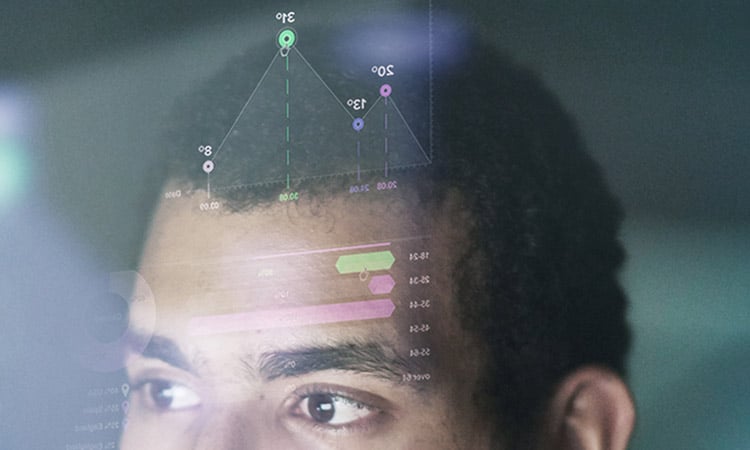Scientists Are Using Brain-Computer Connections to Restore a Lost Sense of Touch

COLUMBUS, Ohio (July 21, 2020)—The complexity, and importance, of our sense of touch is huge. Just think about reaching out for a piece of fruit on the table – you need touch to know when your fingers have reached, you need to adjust your grip so you don't squeeze it too hard, or squeeze too softly and drop it. Touch can tell you if the fruit is ripe or past its best, whether its fridge-cold or it's been sitting on the counter. As well as all that, you need touch for good movement, and for fine movement like doing up a button, and the continuous feedback from the muscles in our feet is vital to keep us from stumbling.
When brain computer interfaces (BCI) are mentioned,
it's often in context of helping people with paralysed limbs start to move them again. But for those with spinal injuries, it's not just movement that's lost, it's also that sense of touch, as areas of their body are left completely without feeling.
Now, BCIs are helping to replace that too.
BCIs work because both computers and human nerves use pulses of electricity to communicate. Think of the nerve pathways between the brain and the peripheries of your body -- your skin, your arms
and legs -- as a series of wires. In a spinal injury, the wire gets cut and the electricity can't flow properly. Without signals travelling down to the muscles, limbs can't move; without signals being relayed up from the skin, the brain doesn't register
a sense of touch.
Most BCI systems that aim to restore touch start with an electrode array being implanted in the brain's upper layer, the cortex. The electrode array can record signals from the brain, which are passed via a wired connection
to machine-learning software. The software decodes the signals, and passes them on to the peripheral nerves, stimulating muscles to move. Touch takes the reverse journey -- changes to the sense of touch are detected either from a human or electronic
arm and fed back up to the brain in a series of electrical pulses that it understands as different sensations.
In the US, Battelle has created a BCI system that works by gathering 'residual touch' signals. Someone with a complete spinal cord injury may feel no sense of touch whatsoever below a certain level on their body, but often the faintest wisps of nerve fibre connecting the brain and the periphery still exist. They may not be strong enough to cause a person to feel a sensation of touch, but they can still provoke electrical activity in the brain. Battelle's system picks up the signals in the brain via an array in the motor cortex, decodes and amplifies them, and then passes on the sensory feedback to a separate area on the users' body which still has a working sense of touch.
Posted
Jul 21, 2020Author
Jo BestPublisher
ZD NetMedia Contacts
Katy Delaney
Director, Media Relations
Office: 1.614.424.7208
Email: [email protected]
T.R. Massey
Senior Media Specialist
Office: 1.614.424.5544
Email: [email protected]